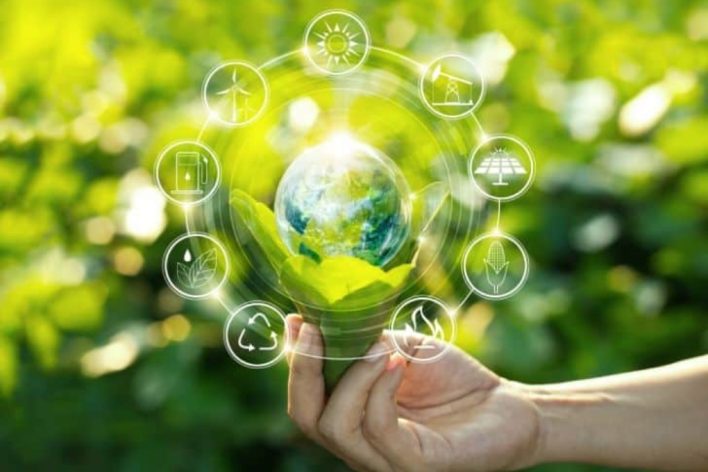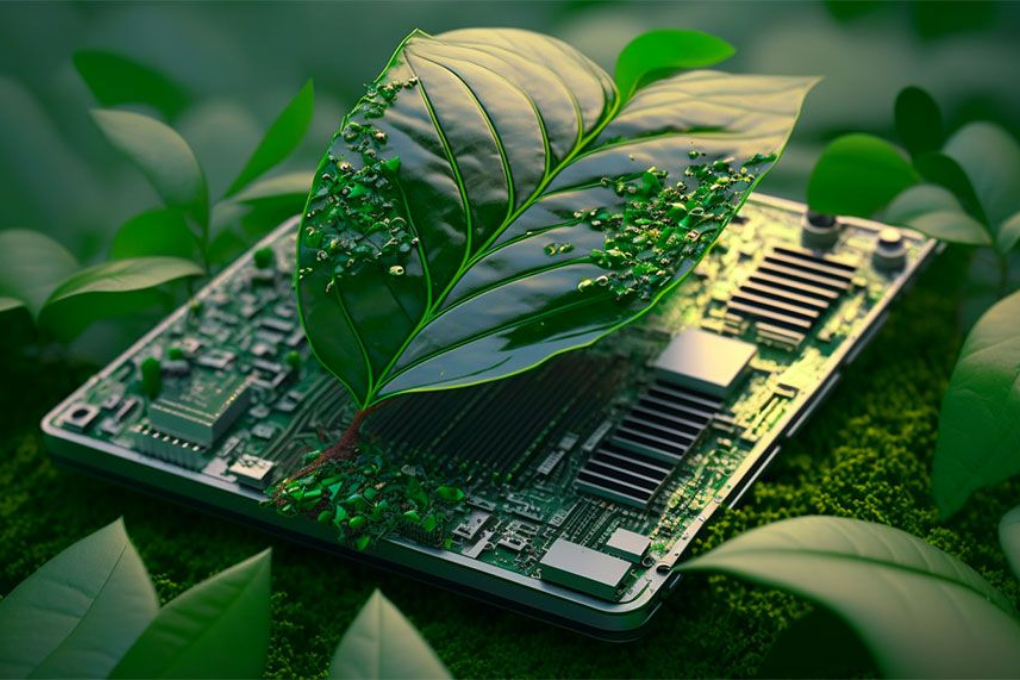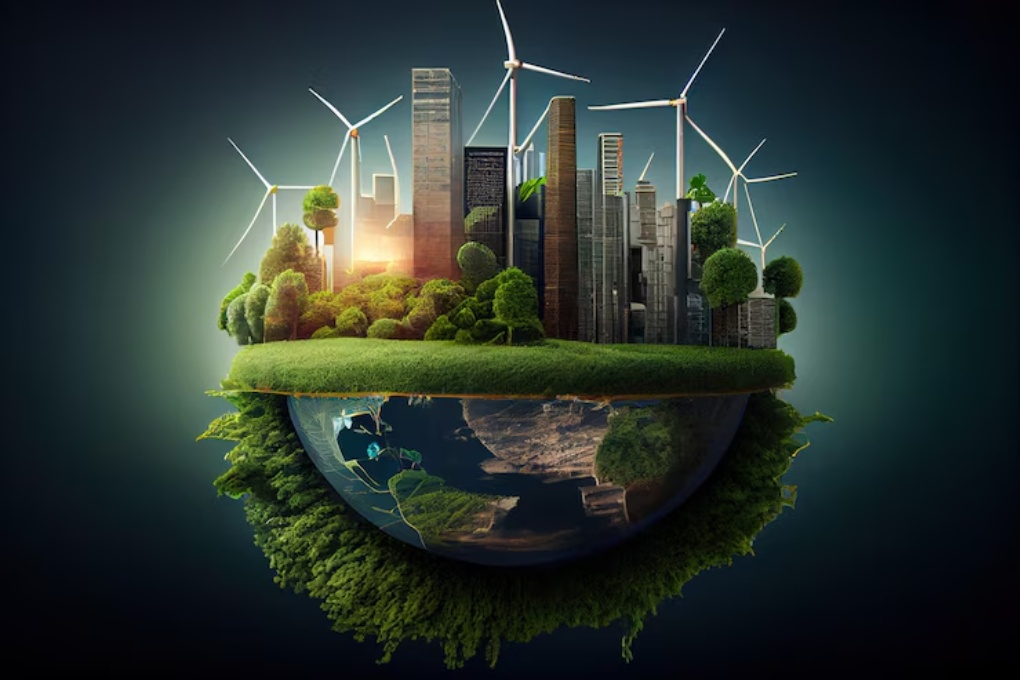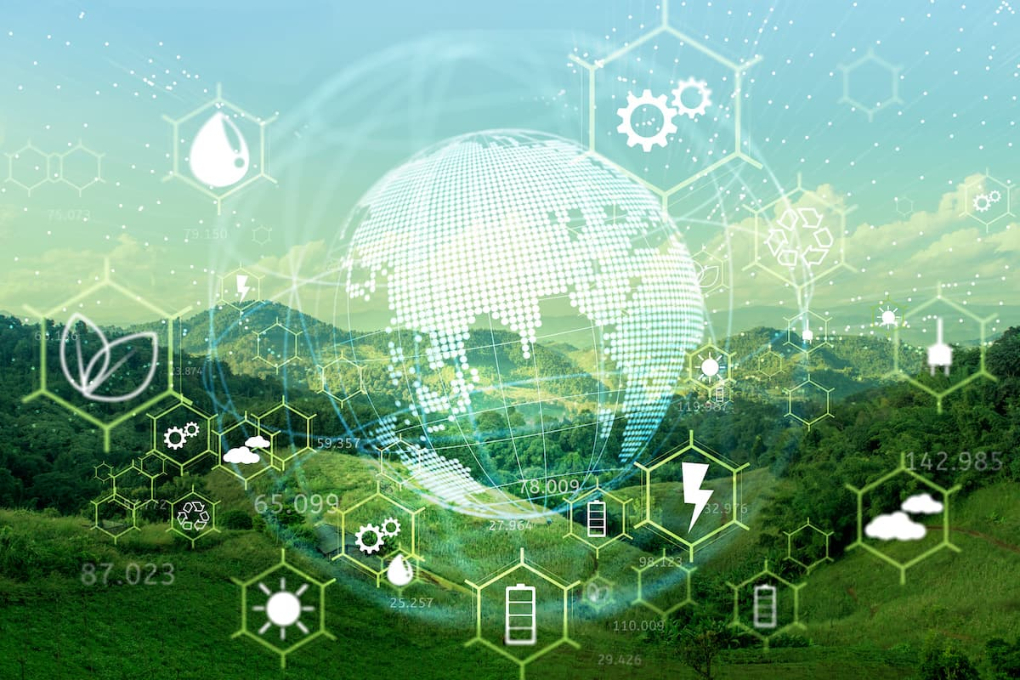
Taking good care of our natural resources is key to building a healthier and more sustainable future for everyone. Resources like water, soil, forests, minerals, and air come from the Earth and are essential for all life. However, if we use them carelessly, these resources can become depleted or damaged, leaving little behind for the generations to come. That’s why it’s so important to manage natural resources thoughtfully and in ways that protect both the environment and people’s needs.

Understanding Natural Resource Management
At its core, managing natural resources means using what nature provides without causing harm. It involves thinking beyond the present and balancing the needs of the economy, society, and the environment so that resources last well into the future. This approach helps ensure that nature’s gifts continue to support us without being exhausted.
Reducing Waste and Recycling
A large part of saving natural resources lies in reducing waste. When we waste materials or fail to reuse them, we put extra strain on the planet. Recycling plays a huge role here—by turning goods like paper and metals into new products, we reduce the need to extract fresh resources. For instance, recycling paper saves countless trees, and recycling metals reduces the need for mining, which can be harmful to ecosystems.
Shifting Towards Renewable Energy

Switching from fossil fuels to renewable sources such as solar, wind, and hydropower is another important step. Unlike coal or oil, these energy forms come from natural processes that won’t run out any time soon. Plus, they produce far less pollution, helping to slow climate change. By investing in solar panels and wind farms, communities can protect natural resources and cut down on harmful emissions.
Sustainable Farming Methods
Agriculture greatly depends on natural resources like soil and water. Sustainable farming techniques help protect these resources by using land responsibly. Practices such as crop rotation, organic farming, and careful watering keep soil fertile and healthy. In addition to supporting crops, healthy soil also traps carbon, which helps fight global warming.
Responsible Water Use
Water is vital for all living things, making its careful management a top priority. Using water wisely, preventing pollution, and safeguarding rivers and lakes ensure that we have clean water for drinking, agriculture, and wildlife. Communities can monitor consumption and promote water-saving habits, especially during dry spells, to stretch this precious resource further.
Protecting Forests for Future Generations

Forests provide oxygen, shelter wildlife, and help regulate the climate—they need our protection. Sustainable forest management means harvesting trees in a way that allows forests to regrow and thrive. It also involves preventing illegal logging and reducing the risk of wildfires. Keeping forests healthy ensures they can continue supporting life for many years to come.
Working Together for Sustainability
Managing natural resources is not just the responsibility of governments; communities, businesses, and individuals all have a part to play. Collaboration leads to better laws, more public awareness, and greater investment in environmentally friendly technology. Education is critical in encouraging everyone to reduce consumption, recycle more, and support sustainable practices.